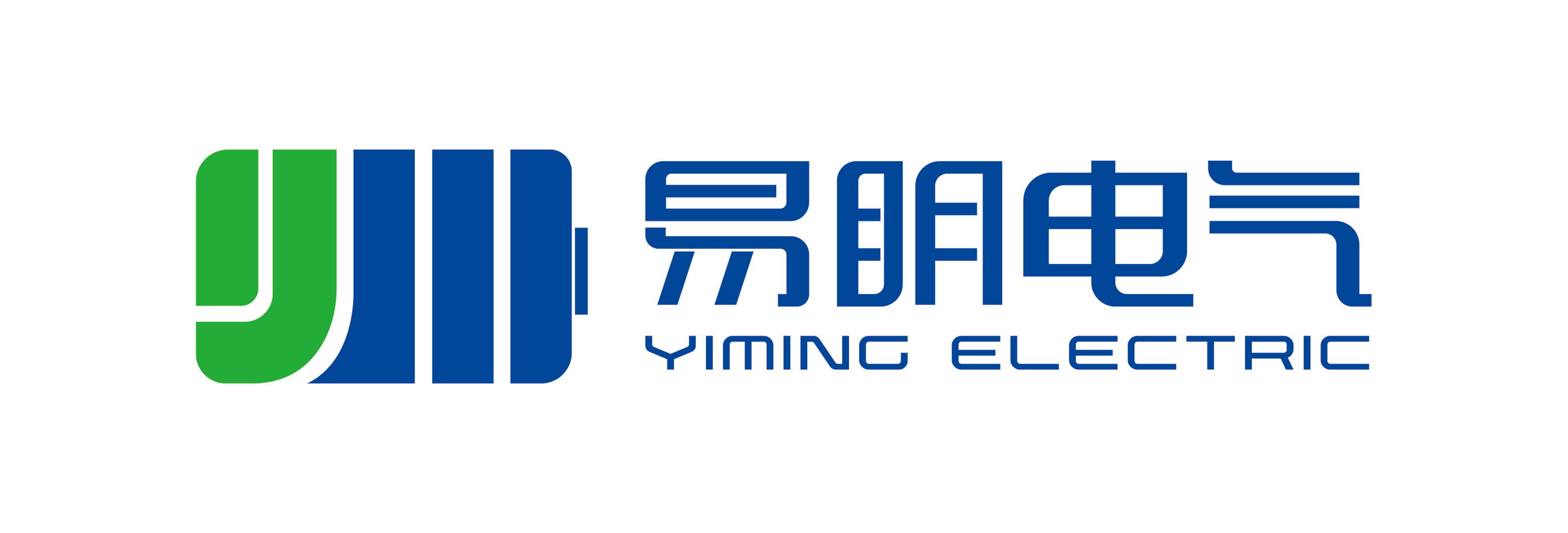Full analysis of energy storage application scenarios
1. Application in power system
Peak shaving and valley filling: During periods of low electricity consumption, energy storage devices store electrical energy and release it during peak periods, effectively smoothing the load curve of the power grid and avoiding situations such as power outages and restrictions due to excessive peak electricity pressure, ensuring the stability and reliability of power supply. For example, in some commercial areas of large cities, where electricity consumption is low at night, energy storage devices are charged, and during peak business hours, electricity is discharged to assist.
Backup power supply: In the event of sudden power failures, such as natural disasters causing damage to the power grid, the energy storage system can quickly switch to a backup power supply, providing continuous power to key facilities such as hospitals and communication base stations, ensuring uninterrupted medical treatment, uninterrupted communication networks, and maintaining normal social operation.
Renewable energy grid connection: Renewable energy sources such as solar and wind have intermittent and fluctuating characteristics. Energy storage can store excess electricity during peak power generation periods, supplement electricity when power generation is insufficient, enable renewable energy to be more stably integrated into the grid, increase its proportion in the energy structure, and promote the large-scale application of green energy.
2. Application in the industrial field
Factory energy conservation: In many industrial production processes, there are peaks and valleys in electricity demand. Energy storage systems can help enterprises optimize their electricity consumption strategies, reduce electricity costs during peak hours, improve overall energy utilization efficiency, reduce electricity bills, and enhance their economic benefits.
Uninterrupted production guarantee: For some industries that require extremely high production continuity, such as chemical and electronic manufacturing, energy storage can be used as an emergency power source to seamlessly connect power supply in the event of a power failure, avoiding huge losses such as production equipment damage and raw material scrap caused by power outages.
3. Application in the field of transportation
Electric vehicles: As one of the core components of electric vehicles, energy storage batteries determine the vehicle's range and performance. High performance energy storage technology continues to drive the development of the electric vehicle industry, making it more convenient to use and longer lasting, thereby helping to reduce the use of traditional fuel vehicles and achieve energy conservation and emission reduction in the transportation sector.
Electric ships: Similar to electric vehicles, electric ships rely on energy storage devices to provide power and navigate in rivers, lakes, and seas, reducing carbon emissions in the shipping industry and contributing to the creation of green water transportation.
4. Home application scenarios
Home energy storage: Families equipped with solar panels can store excess electricity generated during the day through energy storage devices for use at night, reducing household electricity costs and even ensuring basic household electricity supply in the event of power outages, such as lighting, refrigerators, and other electrical appliances that can continue to operate.
Energy storage technology, with its diverse application scenarios, is profoundly changing the way we use energy. In the future, it will also expand more possibilities with technological progress, contributing to the achievement of sustainable development goals.






